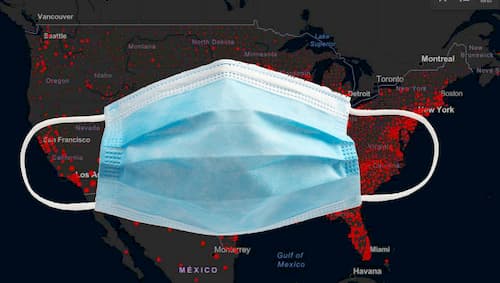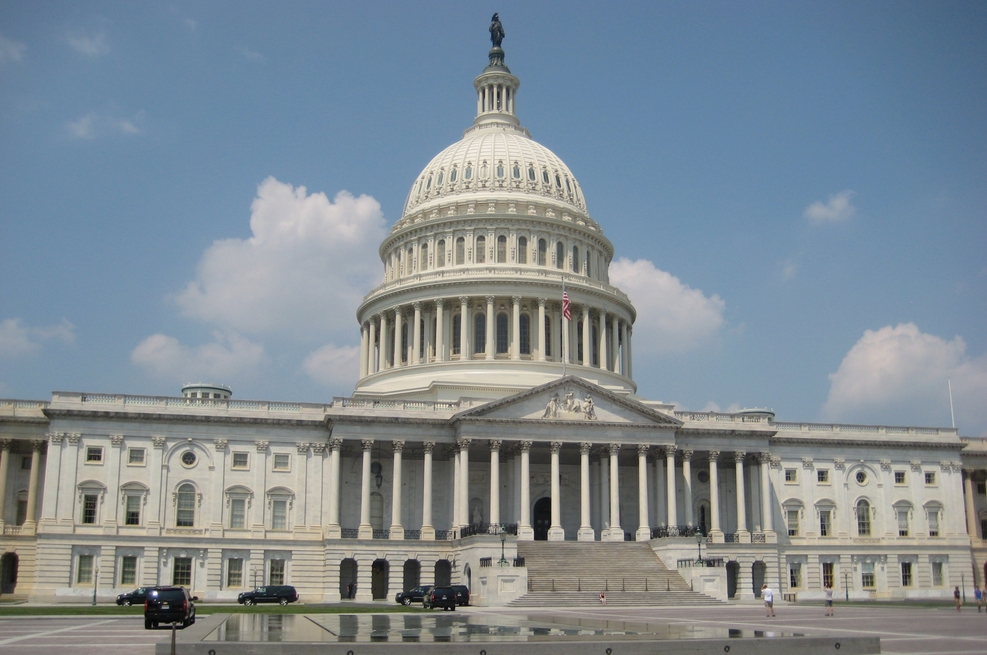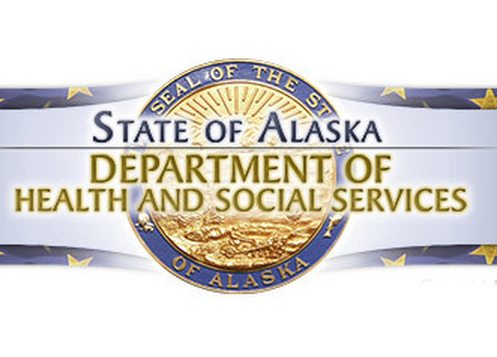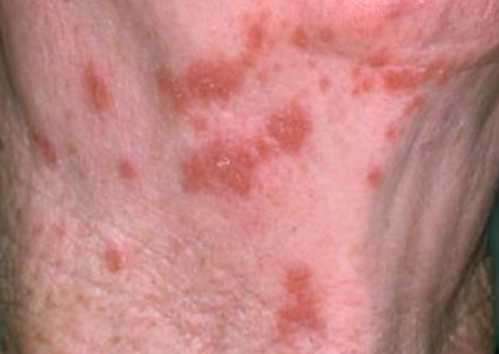The High Cost of Heart Disease and Stroke
The newly-released 2019 Burden of Heart Disease and Stroke in Alaska report contains vital information to help Alaskans understand the most essential health facts regarding these chronic diseases. In addition, the report presents clear evidence for Alaska’s need to maintain evidence-based public health activities to reduce the risk, and burden, of heart disease and stroke, including related economic costs (p.44). The Centers for Disease Control and Prevention (CDC) reports that heart attacks and coronary heart disease are two of the ten most expensive hospital primary discharge diagnoses. In Alaska, the impact on Medicaid cost is high. Medicaid beneficiaries with heart disease alone or in combination with other chronic diseases (9,527 people) faced an average per-person cost of more than $34,000, and a total cost of more than $300 million for all Medicaid beneficiaries in FY2016.
An Alaska Public Health Priority
Heart disease and stroke cause about one-third of the deaths in Alaska. Heart disease is often called the “silent killer” because there are commonly no warning signs or symptoms, and many people do not know they have it. As with various other areas of the public health, the aging of Alaska’s population is creating significant change. The percentage of Alaska’s population over age 65 was 8% in 2010 (about 56,000 people) and 11% in 2017 (about 83,000 people). This change means that health conditions that affect older people — such as heart disease and stroke — will likely become an even greater public health concern for Alaska in the future.
What is Being Done
This report provides the most current data available to describe the prevalence of heart disease and stroke in Alaska, as well as associated risk factors, with a goal to help inform actions that can prevent and control them. It outlines evidence-based activities being taken by the State of Alaska Department of Health and Social Services (DHSS) and its numerous partners to promote healthier choices and proven preventive and treatment services. Key activities include:
- Educating and empowering individuals to live healthy lifestyles.
- Supporting healthcare providers and systems to improve screening and management of high blood pressure and ensure optimal treatment of heart disease and stroke.
- Supporting statewide and community partners to promote healthy environments that support physical activity, access to nutritious foods, and smoke-free air.
To Read the full report, download the pdf.







